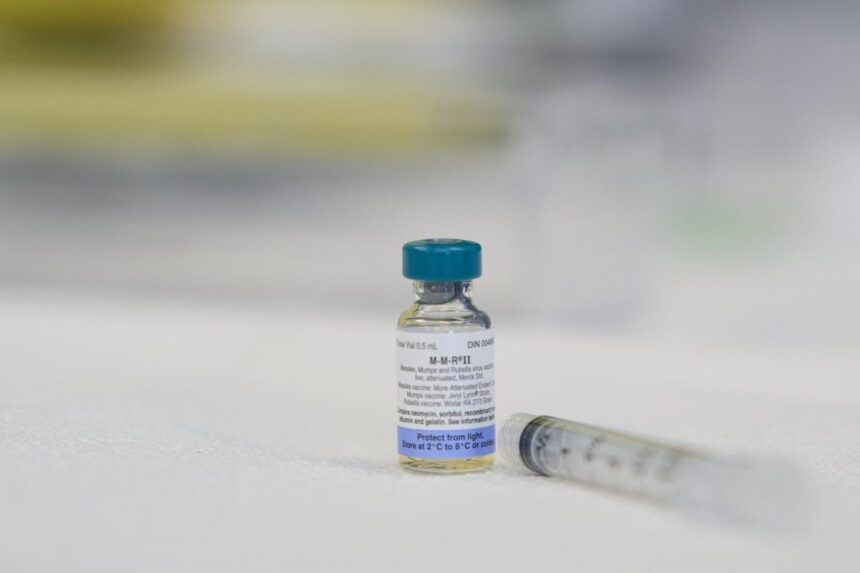Schoolyards across Nova Scotia, New Brunswick, and Prince Edward Island are becoming potential hotspots for a disease many Canadians thought was relegated to history books. Recent public health data reveals alarming gaps in measles vaccination coverage throughout the Maritime provinces, with immunization rates falling well below the threshold needed to maintain community protection against this highly contagious disease.
“We’re seeing vaccination rates in some Maritime communities hovering around 85 percent, when we need at least 95 percent for effective herd immunity,” explains Dr. Elaine MacDonald, infectious disease specialist at Dalhousie University. “This creates dangerous pockets of vulnerability where measles can gain a foothold and spread rapidly among unprotected children.”
The declining rates represent a troubling reversal of decades of public health progress. Nova Scotia has reported the steepest drop, with MMR (measles, mumps, rubella) vaccination completion rates falling from 92 percent in 2019 to 86 percent this year. Public health officials attribute this decline to a combination of pandemic-related disruptions in routine healthcare, growing vaccine hesitancy fueled by misinformation on social media, and complacency about diseases many parents have never personally witnessed.
These trends particularly concern health authorities given measles’ extraordinary infectiousness. The virus can remain airborne for up to two hours and infects approximately 90 percent of unvaccinated people exposed to it. While most recover, the disease can cause serious complications including pneumonia, encephalitis, and in rare cases, death.
“What many don’t realize is that measles isn’t just a rash and fever,” says Dr. Thomas Bernard, pediatric immunologist at the IWK Health Centre in Halifax. “Before widespread vaccination, it hospitalized thousands of Canadian children annually and was a leading cause of childhood mortality. We’re at risk of seeing those days return if this trend continues.”
The vaccination gaps aren’t distributed evenly across Maritime communities. Rural areas and certain urban neighborhoods with concentrated anti-vaccine sentiment show particularly concerning coverage rates, some dipping below 80 percent. Public health units are now mapping these vulnerability zones to target education and outreach efforts.
New Brunswick’s Health Minister Janet Davidson announced yesterday a comprehensive strategy to address the situation. “We’re implementing a multi-pronged approach including school-based vaccination clinics, targeted public awareness campaigns, and improved access to immunization services in underserved communities,” Davidson stated during a press briefing. “Protecting our children from preventable diseases remains a top public health priority.”
Public health experts warn that the Maritimes’ geographical connectedness creates additional risk factors. “These provinces have substantial cross-border movement for work and family visits,” explains epidemiologist Dr. Sarah Mansfield. “An outbreak beginning in one community could quickly spread throughout the region before we can contain it.”
The current situation reflects broader global trends. The World Health Organization reported a 79 percent increase in measles cases worldwide in 2024 compared to the previous year, with outbreaks occurring in countries previously declared measles-free.
For parents concerned about vaccination, medical experts emphasize the overwhelming evidence supporting the MMR vaccine’s safety and effectiveness. “The scientific consensus is crystal clear,” states Dr. Bernard. “The benefits of vaccination exponentially outweigh any risks, and the real danger comes from leaving children unprotected.”
As Maritime provinces work to boost immunization rates before the school year begins this fall, the situation raises a crucial question: In an era of unprecedented medical advancement, how did we allow one of public health’s greatest achievements—the near-elimination of deadly childhood diseases—to become so fragile?










